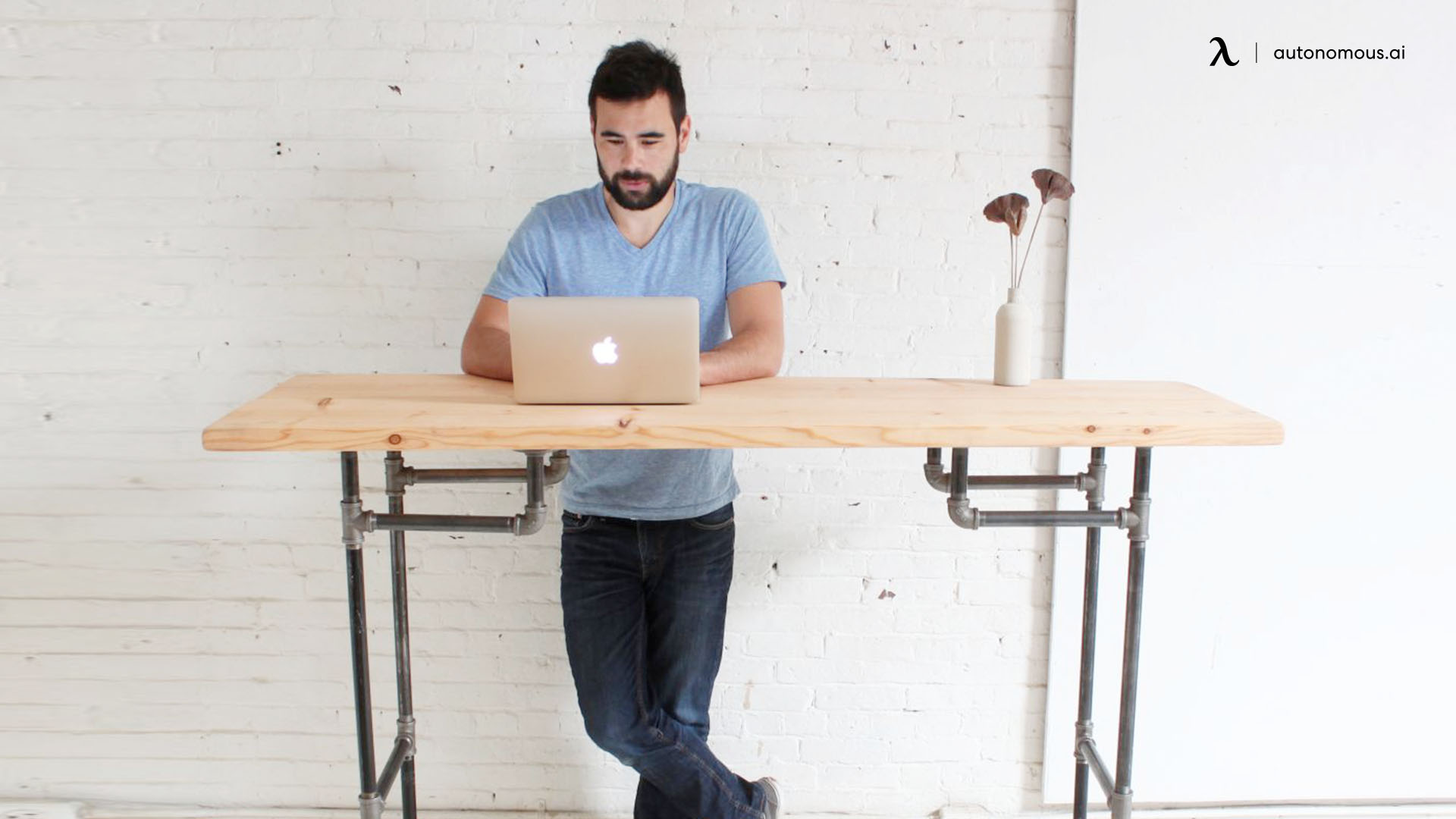Introduction: Embracing the Benefits of Standing Desks
In today’s sedentary lifestyle, where hours are spent hunched over desks and screens, the importance of incorporating movement and ergonomics into our daily routines cannot be overstated. Standing desks offer a versatile solution, allowing users to alternate between sitting and standing positions, promoting better posture, increased energy levels, and improved overall health. However, investing in a commercial standing desk can be costly, leading many to explore DIY alternatives. In this guide, we’ll explore creative and practical DIY adjustable standing desk ideas, empowering you to stand tall and reap the benefits of a more ergonomic workspace.
1. Understanding the Benefits of Standing Desks: Promoting Health and Well-Being
Standing desks have gained popularity in recent years due to their numerous health benefits. By encouraging users to alternate between sitting and standing positions throughout the day, standing desks help combat the negative effects of prolonged sitting, such as poor posture, muscle stiffness, and decreased circulation. Standing while working can also boost productivity, concentration, and energy levels, leading to a more dynamic and engaging work experience. Additionally, standing desks have been linked to long-term health benefits, including reduced risk of obesity, cardiovascular disease, and metabolic disorders. Understanding the potential advantages of standing desks can motivate you to explore DIY options for integrating them into your workspace.
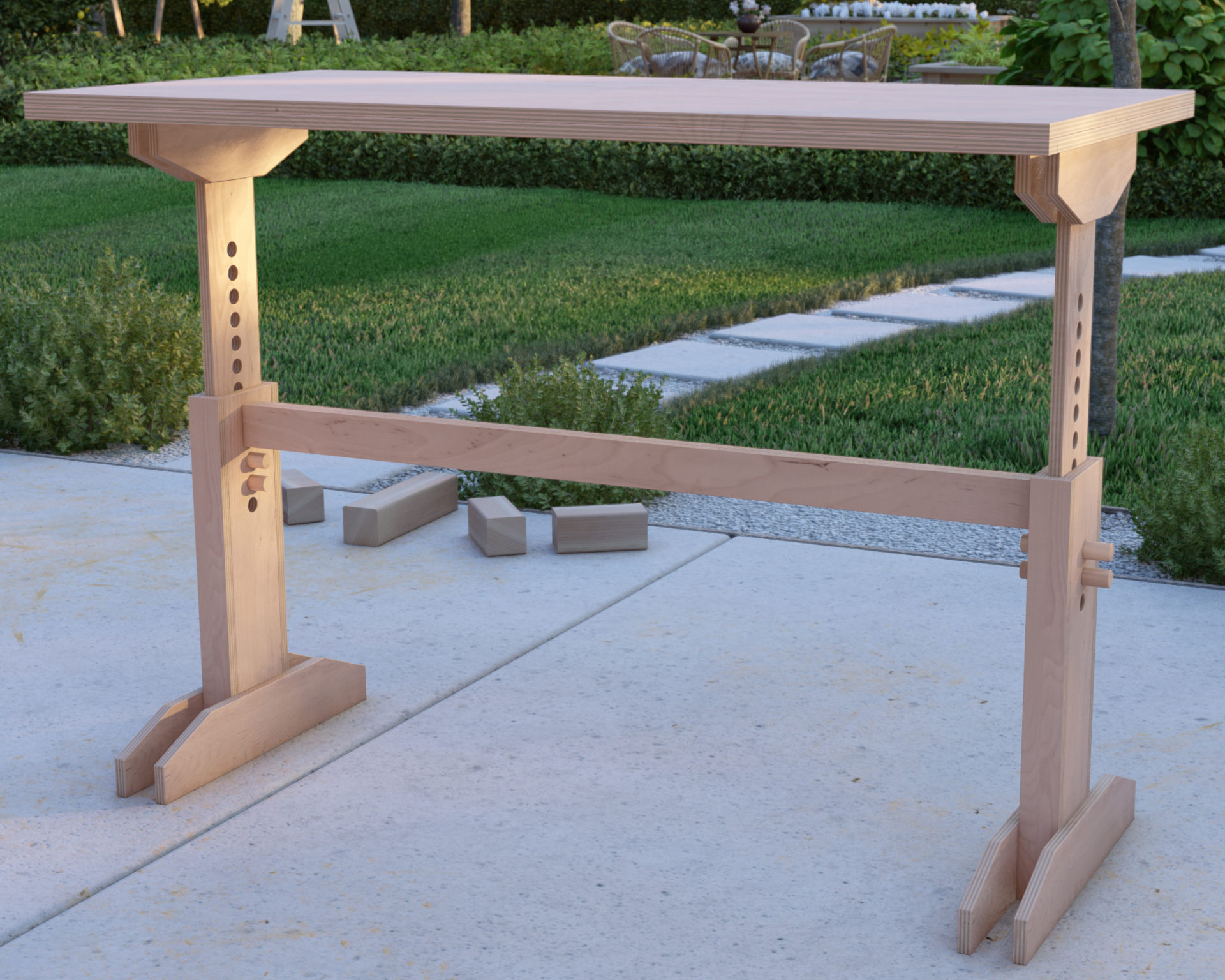
2. Assessing Your Workspace Needs: Identifying Key Considerations
Before diving into DIY adjustable standing desk projects, take the time to assess your workspace needs and constraints. Consider factors such as available space, budget, ergonomic requirements, and personal preferences. Determine whether you need a full-size standing desk or a smaller, more portable solution. Evaluate the height range and adjustability options that would best accommodate your body type and working habits. By identifying your specific needs and priorities, you can narrow down your options and focus on DIY projects that align with your goals and constraints.
3. DIY Standing Desk Ideas: Creative and Affordable Solutions
Fortunately, there are countless DIY standing desk ideas that cater to various budgets, skill levels, and space constraints. Here are a few creative and affordable options to consider:
a. Convertible Desk Converter: Repurpose an existing desk by adding a height-adjustable platform or riser that can be raised or lowered to accommodate both sitting and standing positions. This versatile solution allows you to maintain your current desk setup while enjoying the benefits of a standing desk when desired.
b. Wall-Mounted Desk: Maximize space efficiency by installing a wall-mounted standing desk that can be folded up when not in use. This DIY project is ideal for small or shared workspaces where floor space is limited. Customize the dimensions and height to suit your needs, and add shelves or storage compartments for added functionality.
c. Adjustable Table Legs: Transform any flat surface into a standing desk by attaching adjustable table legs or risers to the underside. This modular approach allows you to customize the height and configuration of your standing desk according to your preferences. Pair it with a comfortable anti-fatigue mat to reduce strain on your feet and joints during prolonged standing.
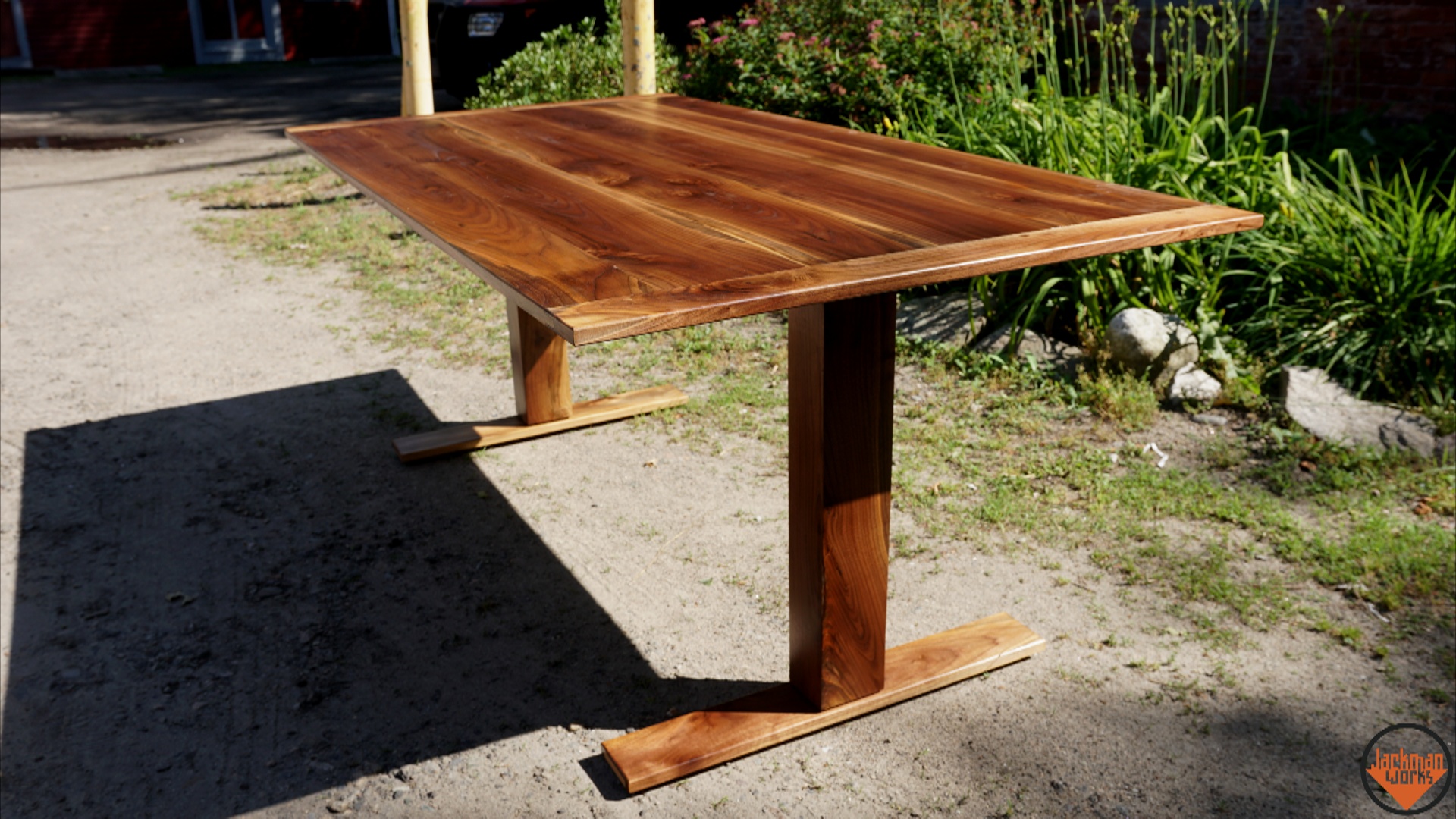
4. Incorporating Ergonomic Accessories: Enhancing Comfort and Functionality
To optimize the comfort and functionality of your DIY standing desk, consider incorporating ergonomic accessories that support healthy posture and movement. Invest in a supportive standing mat or anti-fatigue mat to cushion your feet and reduce discomfort during extended standing periods. Use a monitor arm or stand to position your screen at eye level, preventing neck strain and promoting proper alignment. Incorporate a keyboard tray or adjustable keyboard stand to maintain a neutral wrist position and minimize the risk of repetitive strain injuries. By prioritizing ergonomics in your DIY standing desk setup, you can create a workspace that supports your health and well-being.
5. Maintenance and Adjustment: Ensuring Long-Term Viability
Once you’ve assembled your DIY standing desk, it’s important to maintain and adjust it regularly to ensure long-term viability and comfort. Periodically check for signs of wear and tear, such as loose screws or unstable components, and make any necessary repairs or adjustments. Experiment with different height settings and configurations to find the optimal setup that suits your body and working preferences. Listen to your body’s cues and adjust your standing desk accordingly to prevent fatigue or discomfort. By staying proactive and attentive to the needs of your DIY standing desk, you can enjoy its benefits for years to come.
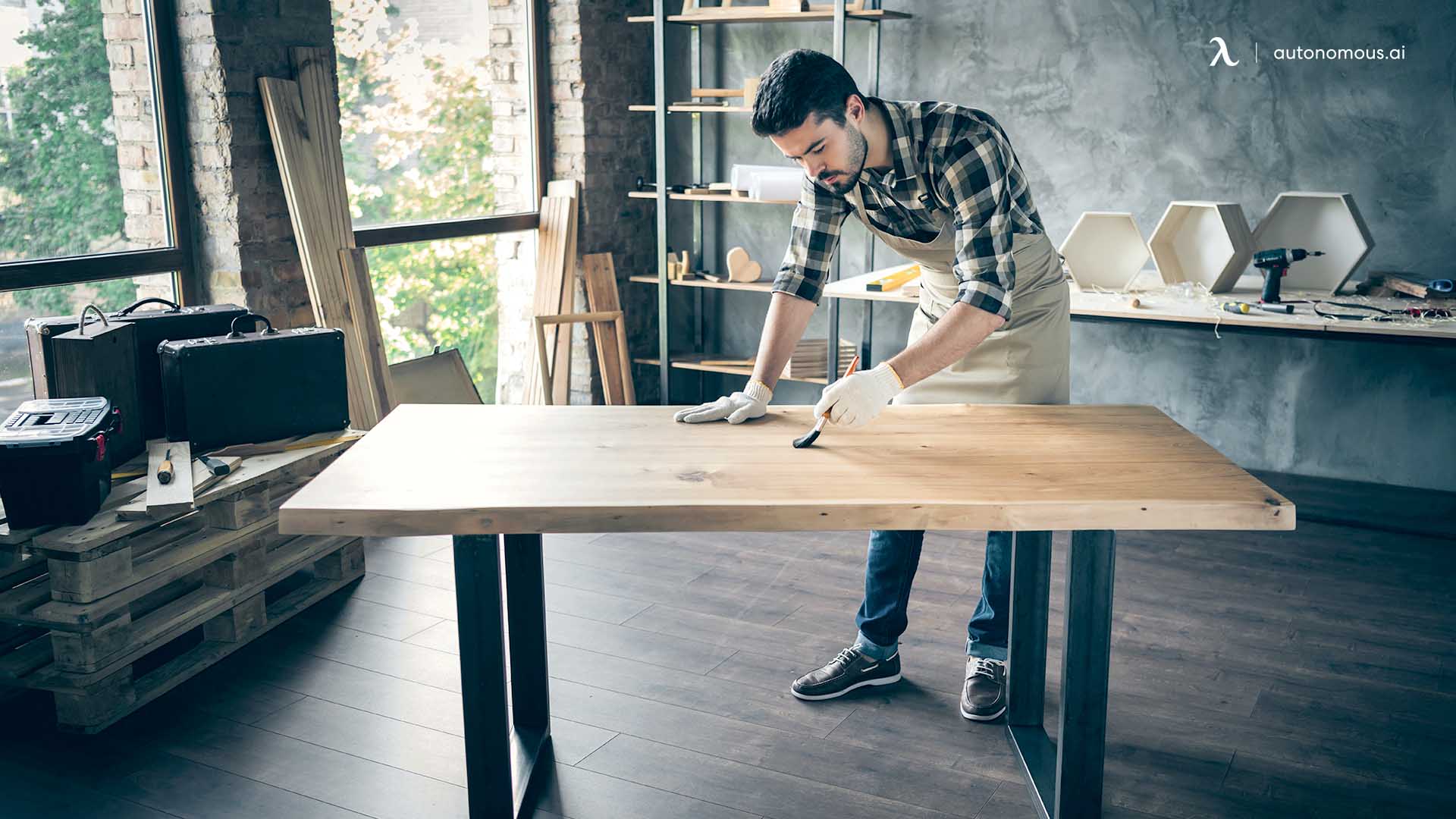
6. Exploring Sustainable Materials: Eco-Friendly DIY Standing Desk Options
For those inclined towards environmentally conscious practices, exploring sustainable materials for DIY standing desks can align with their values. Consider utilizing reclaimed wood, bamboo, or recycled materials for constructing your standing desk. Not only do these options reduce environmental impact by repurposing existing resources, but they also add a unique aesthetic appeal to your workspace. Embracing sustainability in your DIY projects contributes to a healthier planet while fostering a sense of pride in your craftsmanship.
7. Integrating Technology: Smart Solutions for Modern Workspaces
Incorporating technology into your DIY standing desk setup can enhance its functionality and convenience. Explore options such as adjustable height mechanisms controlled by smartphone apps or programmable memory settings that allow you to save preferred desk configurations. Consider integrating wireless charging pads, cable management solutions, or USB hubs to streamline connectivity and reduce clutter on your workspace. By embracing smart solutions, you can create a modern and efficient workspace tailored to your technological needs.
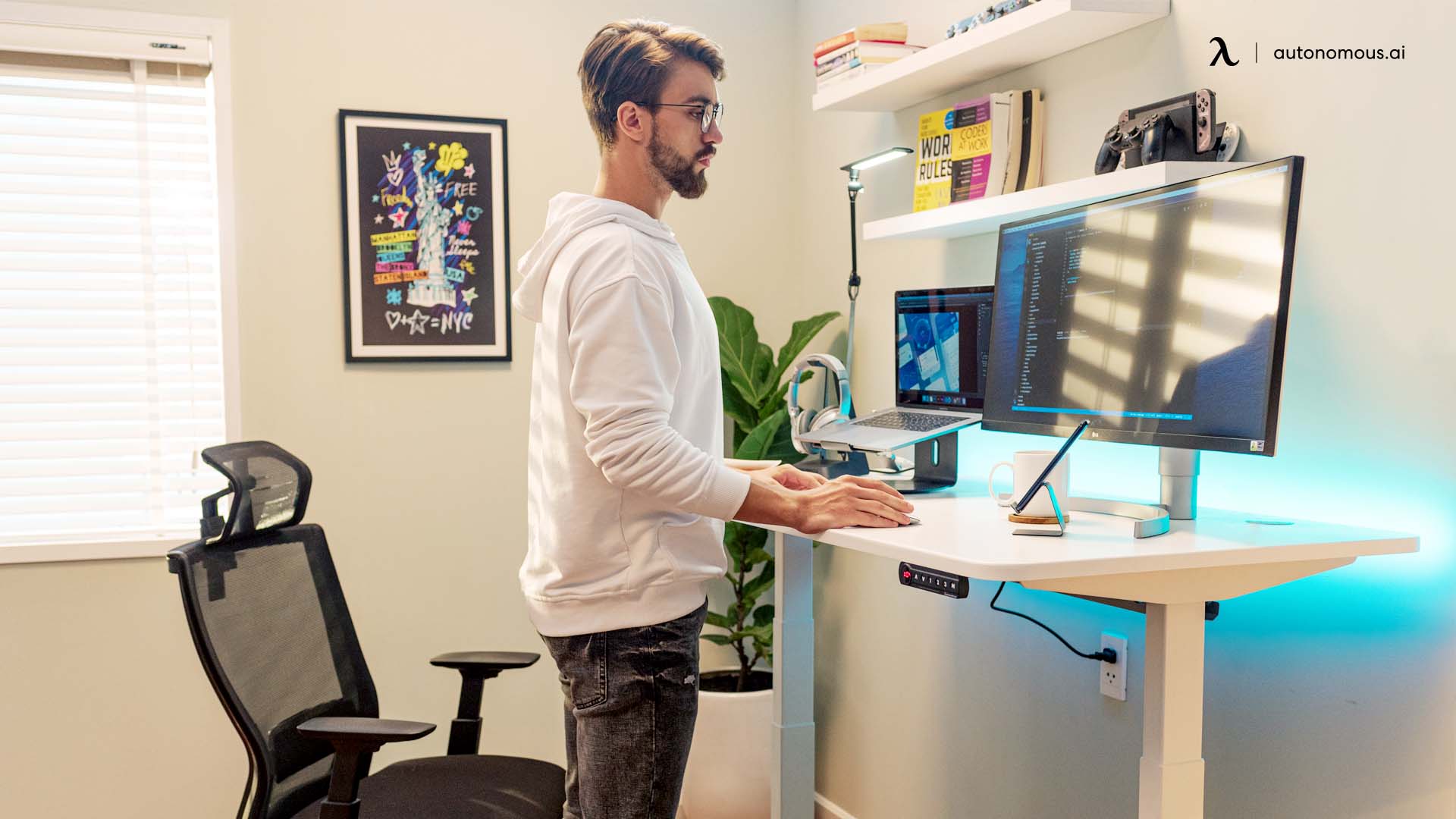
8. Personalizing Your Workspace: Adding a Touch of Creativity
Personalization is key to creating a workspace that reflects your personality and inspires creativity. Use DIY standing desk projects as an opportunity to express your unique style and preferences. Consider painting or staining your desk to complement your existing decor or adding custom decals, artwork, or planters to infuse personality into your workspace. Incorporate elements that inspire and motivate you, whether it’s framed quotes, photos of loved ones, or mementos from meaningful experiences. By infusing your workspace with personal touches, you can create a productive and inspiring environment that feels uniquely yours.
9. Building a Community: Sharing Knowledge and Inspiration
The DIY community is a valuable resource for inspiration, knowledge sharing, and support. Engage with online forums, social media groups, or local maker communities to exchange ideas, seek advice, and showcase your projects. Share your DIY standing desk journey, including successes, challenges, and lessons learned, to inspire others and contribute to a culture of creativity and innovation. Building a community around DIY projects fosters collaboration, camaraderie, and a sense of belonging, enriching the overall experience of creating and using your standing desk.
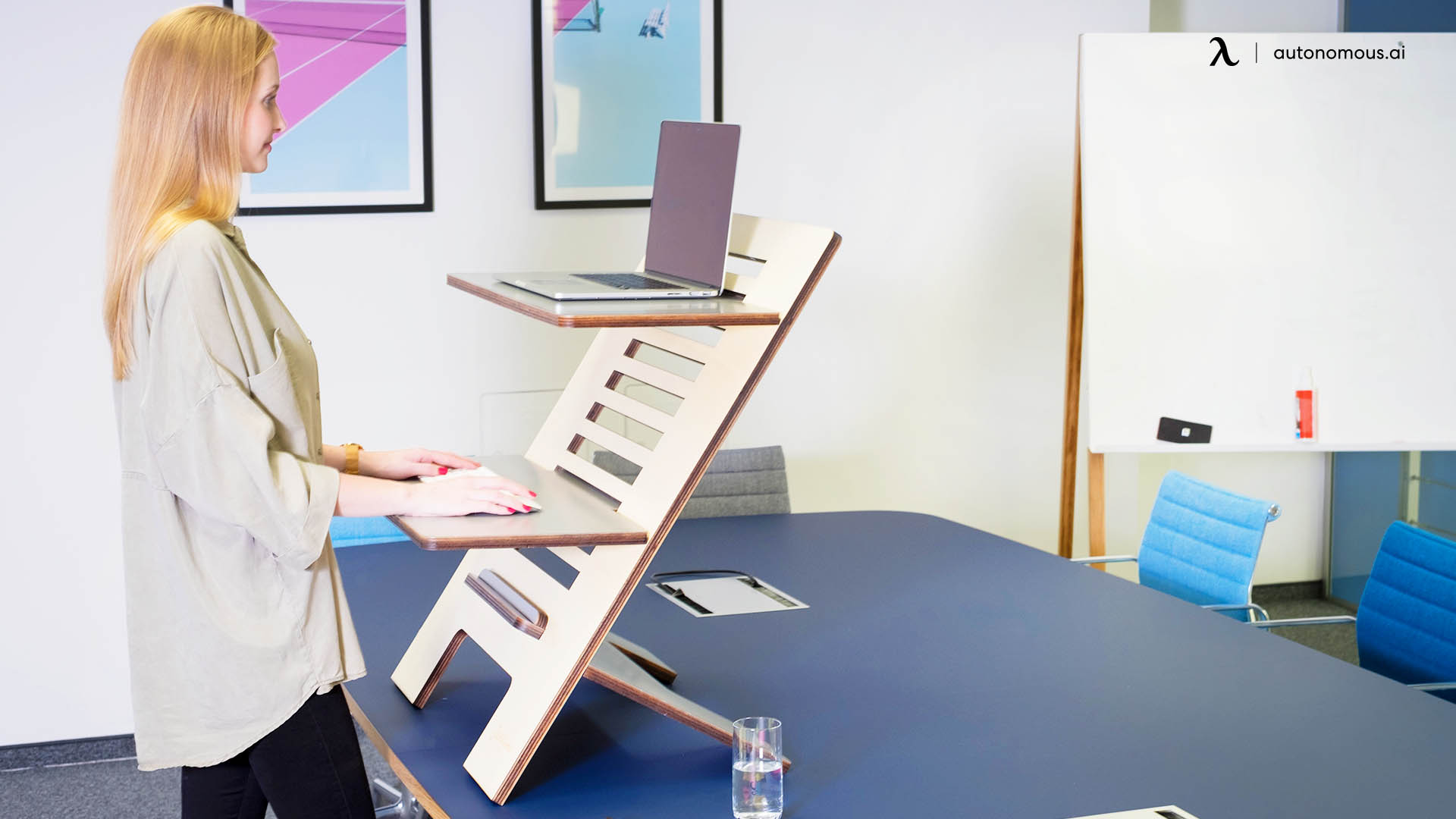
10. Embracing Continuous Improvement: Evolving Your Workspace Over Time
Creating a DIY standing desk is just the beginning of your ergonomic workspace journey. Embrace a mindset of continuous improvement, iterating on your setup over time to enhance comfort, functionality, and aesthetics. Stay informed about new trends, technologies, and ergonomic principles to incorporate into your workspace. Regularly reassess your workspace needs and make adjustments accordingly, whether it’s upgrading equipment, rearranging furniture, or experimenting with new organizational strategies. By remaining open to change and evolution, you can create a workspace that evolves with you, supporting your growth and well-being.
Conclusion: Empowering You to Stand Tall
In conclusion, DIY adjustable standing desks offer a practical and affordable solution for incorporating movement and ergonomics into your workspace. By understanding the benefits of standing desks, assessing your workspace needs, exploring creative DIY ideas, incorporating ergonomic accessories, and maintaining your standing desk over time, you can create a workspace that promotes health, productivity, and well-being. Whether you’re repurposing existing furniture or embarking on a custom DIY project, embrace the opportunity to stand tall and elevate your work experience to new heights.
